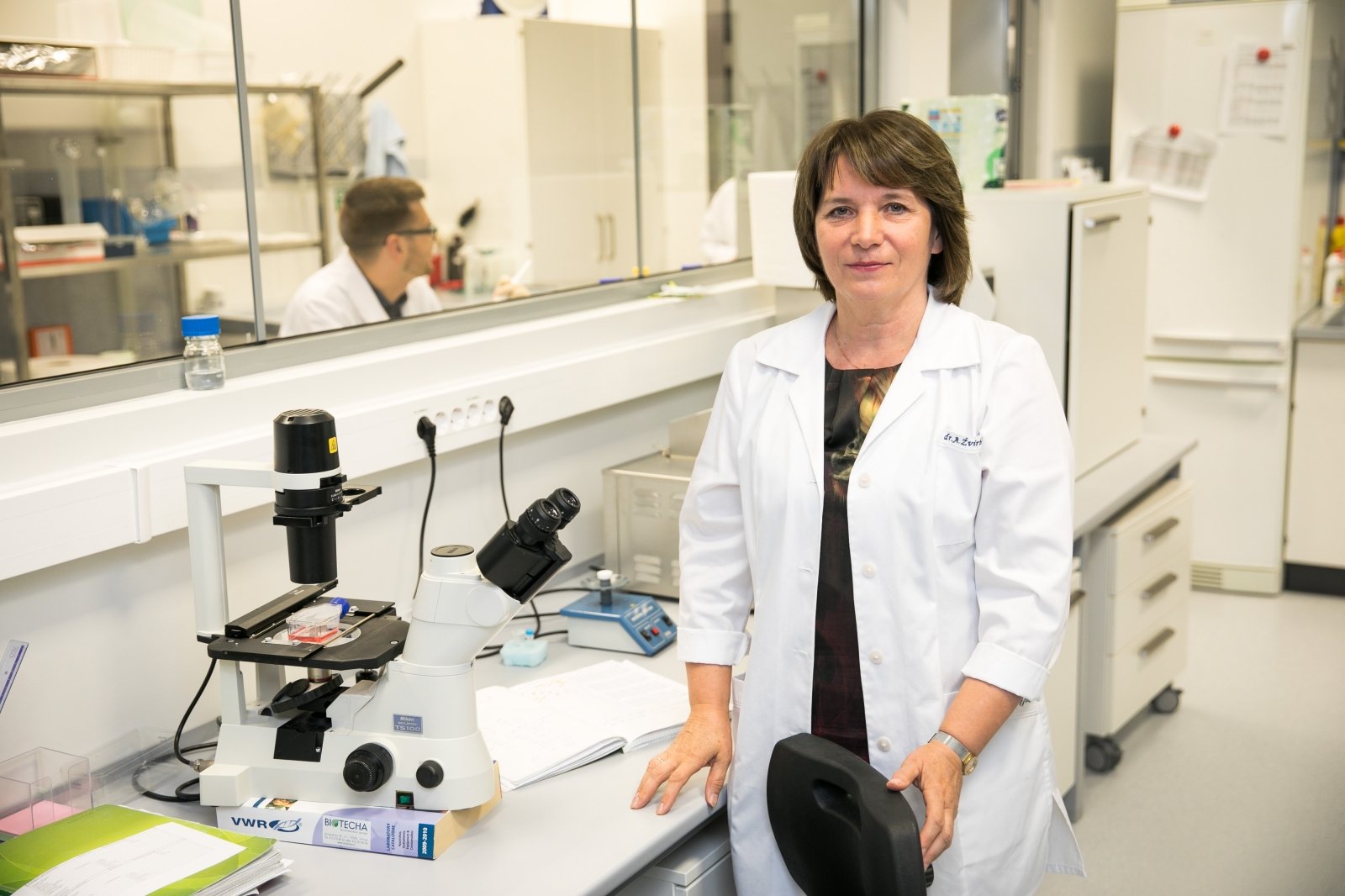
[ad_1]
As the professor said, with the development of the coronavirus vaccines, a new type of vaccine was developed much faster. At that time, the old vaccine formats are long overdue.
“It is a somewhat paradoxical situation that the vaccine formats that we have known for decades are behind schedule and until now neither Europe nor the United States have approved such vaccines, they have not even completed clinical trials. Another traditional format is the recombinant proteins or pathogenic components in the vaccine, which we have not yet registered in the world. Vaccines of this type are available against hepatitis B or human papillomavirus. Some are already close to registering, but are not yet in use, ”said prof. A. Žvirblienė.
Inactivated vaccines
So far, there are no inactivated vaccines in Europe, but at least 2 of these vaccines have been registered and used in China, and this type of vaccine is also registered in Russia. The principle of producing inactivated vaccines is not a new invention: the virus is grown and then killed, usually using chemicals, and then the killed virus, along with adjuvants, is injected into a human. Adjuvants are immune enhancers that enhance the immune response.
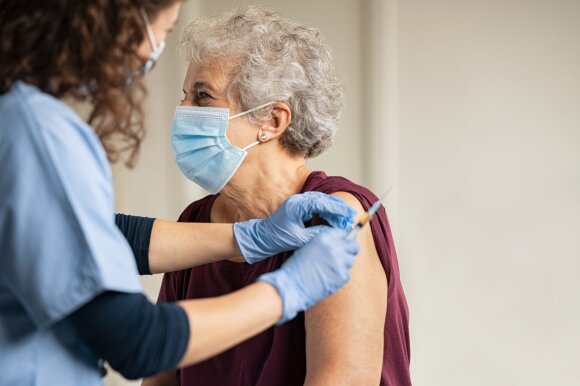
“I think the format of such a vaccine would be acceptable to many people because we know them. And right now, children are vaccinated with an inactivated polio vaccine, and the flu vaccine is also being developed in this way. Also , the advantage of such vaccines is that they are stored at 2-8 degrees. However, only one vaccine is being developed in Europe, Valneva, which has so far only completed stage 1-2 clinical trials, which is far from being registered. ”Said the researcher.
Protein vaccines
They contain protein S. The antigen-S protein is created by genetic engineering. The vaccine uses adjuvants to stimulate the immune response. Protein S with adjuvants elicits an immune response, then neutralizing antibodies are formed. This is a traditional and well-known format. This type of vaccine has been on the market since 1990.
They are stored under normal conditions, they only need a temperature of 2-8 degrees. However, these vaccines are not yet on the market and are in phase 3 clinical trials. Closer to registration, according to prof. A. Žvirblienė, it is a Novavax vaccine, we may have a chance to get vaccinated soon.
What we have now in Lithuania are new vaccine formats. Some of them are based on adenovirus (Vaxzevria and Johnson & Johnson, others are completely new) based on RNA.
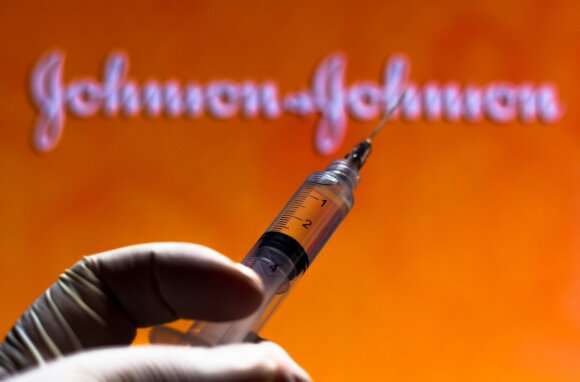
Vaccines for COVID-19
The new types of vaccines are DNA virus-based vaccines
One of the new types is the Vaxzevria and Johnson & Johnson vaccine. They contain adenovirus with the SARS-CoV-2 S protein gene inserted. Non-hazardous human or monkey adenoviruses are used. These enter cells, producing the SARS-CoV-2 protein (protein S), and the latter provokes an immune response.
“It just came to our knowledge then. It can infect cells, it needs to enter the cell and develop immunity, but it cannot multiply.” How many of those viral cells do we get with the vaccine, how many are left, they do not increase, “said the professor of VU.
Another feature of these vaccines is that different adenoviruses are used for different vaccines. Vaxzevria, for example, is a monkey adevonirus.
“The fact that there is a monkey adenovirus should not be very scary because it is taken to prevent our immune system from responding to it. This means that people would not be exposed to this virus. We already have immunity against many human adenoviruses. Johnson & Johnson is a human adenovirus, but it is not very widespread and against which humans have no immunity. “Sputnik V uses two different human adenoviruses,” he said.
They are stored under normal conditions, at a temperature of 2 to 8 degrees, so the cost of vaccines is low, known technology. Mass vaccination with these vaccines has already begun.
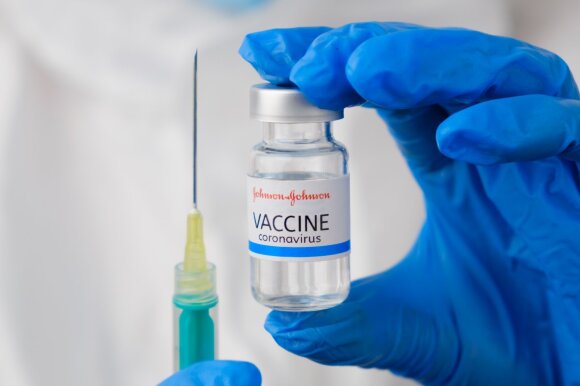
Vaccines for COVID-19
MNA-based vaccines
This is a completely new format. They contain the genetic material SARS-CoV-2, which is the reference RNA. This substance enters cells, produces protein S, and triggers an immune response. No additional adjuvants are needed as the immune response elicited is already strong enough. To facilitate entry into our cells, the RNA molecule is packaged in a lipid capsule.
However, the storage of such vaccines is not easy because the RNA molecule is unstable: they require a temperature of -70 degrees for long-term storage. Mass vaccinations with this type of vaccine have also been launched.
Priority will be given to those vaccines that can be modified according to new strains
RNA Vaccines: Pfizer-BioNTech, Modern, not yet registered with Curevac.
Teacher. A. Žvirblienė recalled that Lithuania alone does not participate in the negotiations on vaccines: they are purchased by decision of the European Commission. Europe is still negotiating with Novavax and Valneva. The total number of vaccines ordered exceeds 2.6 billion.

Vaccines for COVID-19
“The contracts were made even when no one knew which of these vaccines would be effective, which were better, and which were worse. As a result, the European Commission has sought to build a diversified vaccine portfolio. They are usually distributed according to population, but each country has the option of buying a little more or forgoing some vaccines. Lithuania’s position has always been that additional doses should be requested, as was the case with Pfizer. This vaccine has been ordered a lot, around 3 million. dose, only delivery is slightly delayed ”, said prof. A. Žvirblienė.
The current concern is with new variants of the virus or known strains. According to the researcher, the priority vaccines were the RNA and protein vaccines selected as the most suitable for the booster vaccination. The European Commission has signed a preliminary agreement with Pfizer & BioNTech for almost 2 billion euros. dose. Teacher. According to A. Žvirblienė, perhaps many of them have been ordered to be shared with other countries in the world.
At a conference for immunologists, the professor listed the pros and cons of different vaccines.
MRNA vaccines (Pfizer & BioNTech and Moderna)
Pros:
– High efficiency, confirmed in real conditions;
– Protection lasts at least 6 months. after two doses;
– Ability to quickly modify if there are other strains of the virus.
Cons:
– New format, no long-term security data;
– Complex storage, transportation, required cold chain.
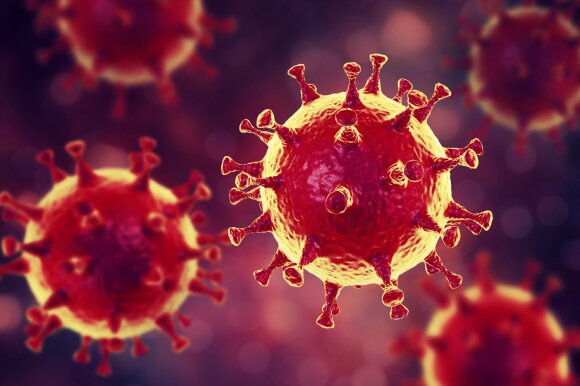
Coronavirus
Adenovirus vaccines (Vaxzevria and Johnson & Johnson)
Pros:
– Proven efficacy under real conditions;
– Simple storage conditions.
Cons:
– New format, no long-term security data;
– Not suitable for booster vaccination against new variants.
Protein-adjuvanted vaccines (Novavax and Sanofi)
Pros:
– Traditional format used for more than 30 years.
Cons:
– Long-term production technology, no registered vaccines;
– New adjuvants that do not have long-term safety data.
Inactivated virus vaccines (Valneva)
Pros:
– Traditional format used for about 100 years;
Cons:
– The effectiveness of vaccines registered in China is only 50%.
It is strictly forbidden to use the information published by DELFI on other websites, in the media or elsewhere, or to distribute our material in any way without consent, and if consent has been obtained, it is necessary to cite DELFI as the source. .
[ad_2]